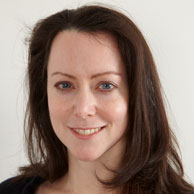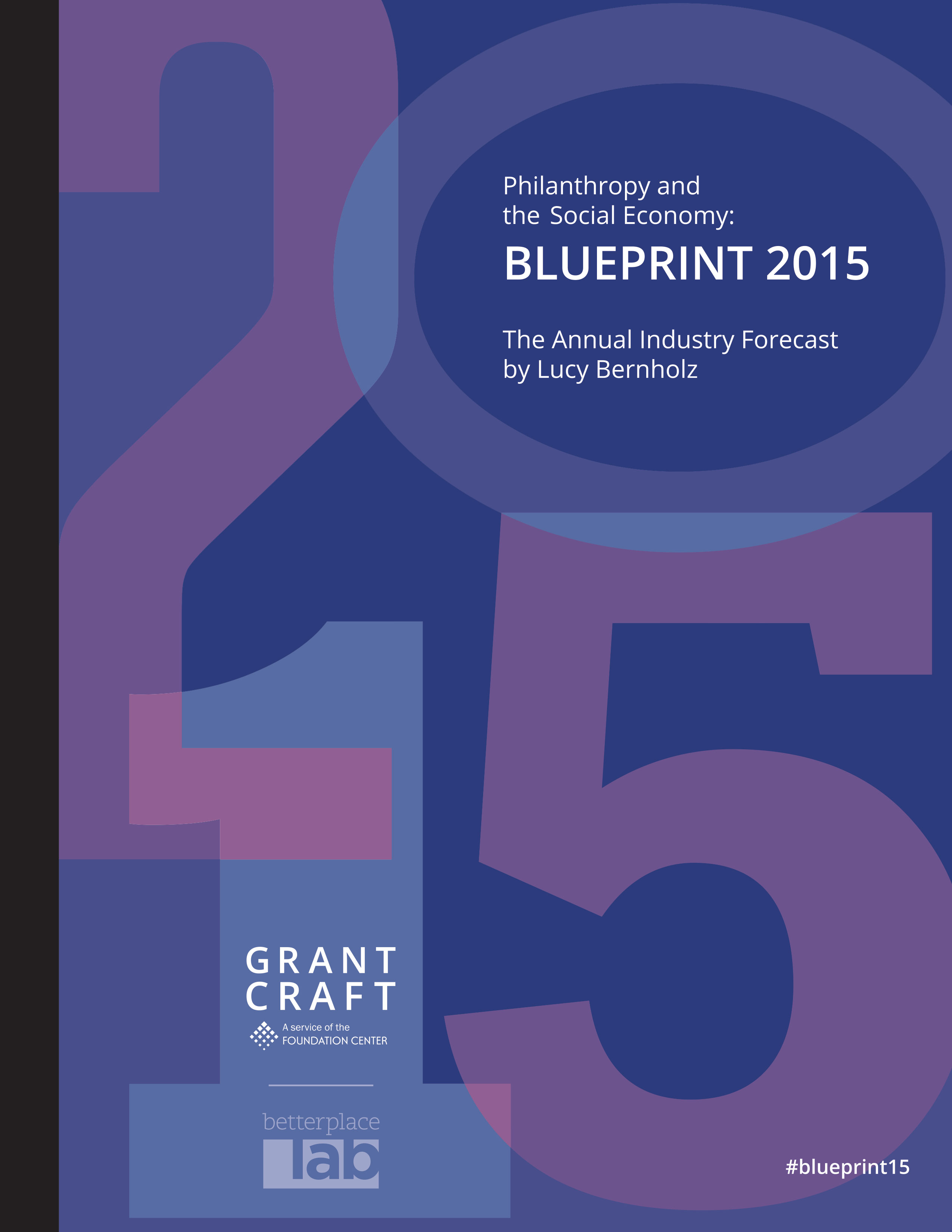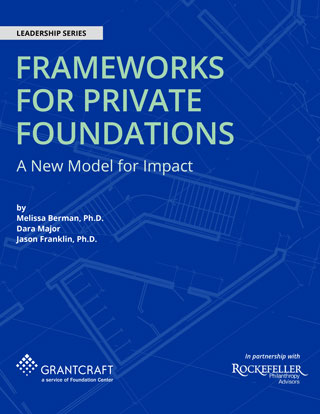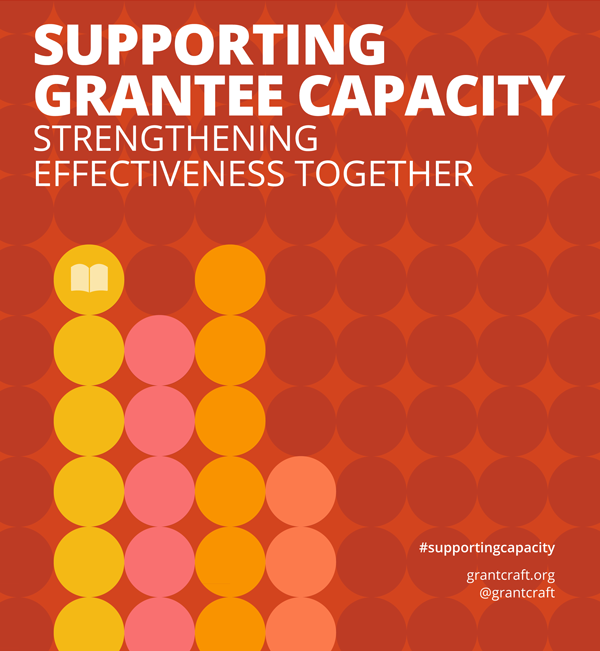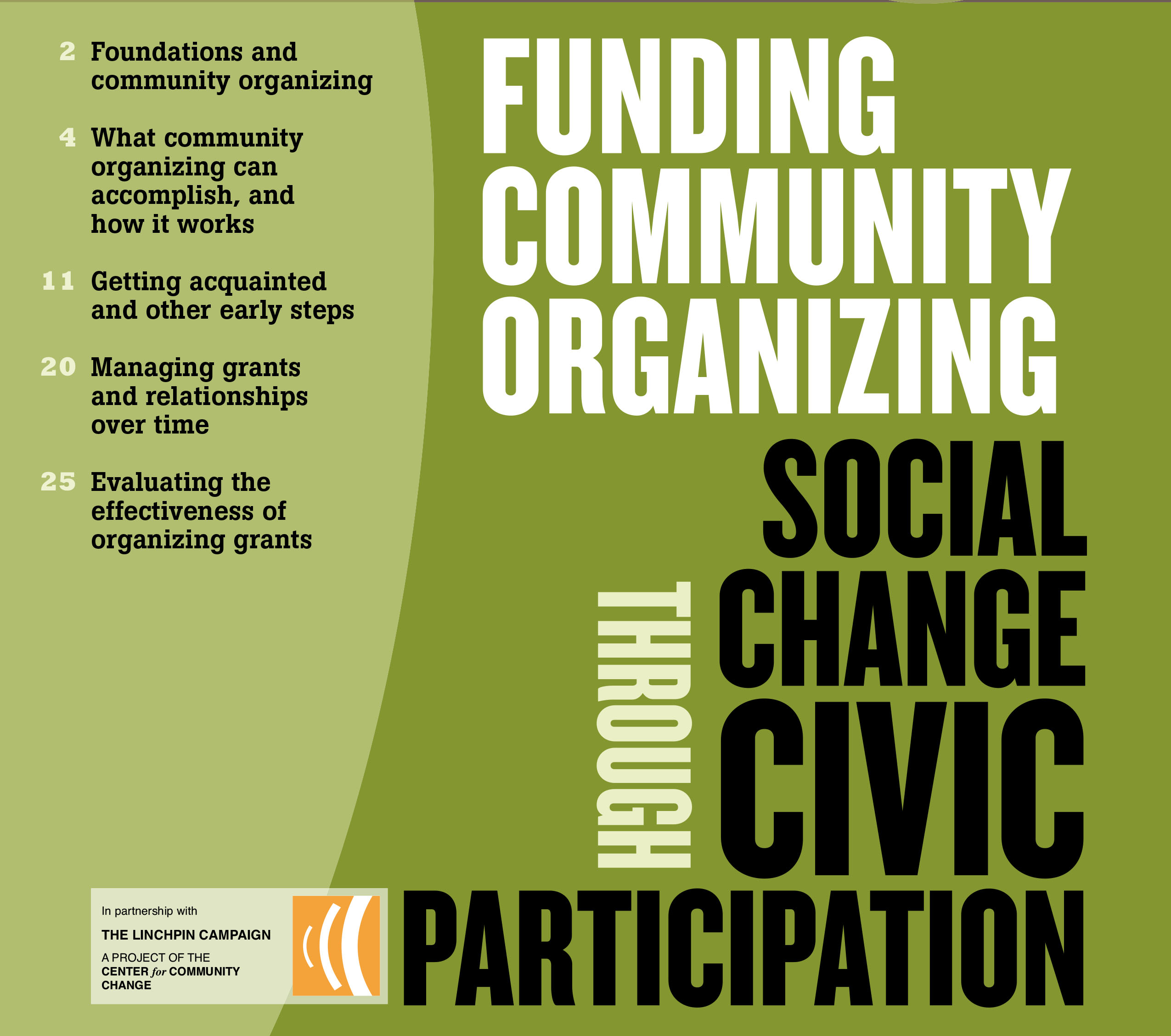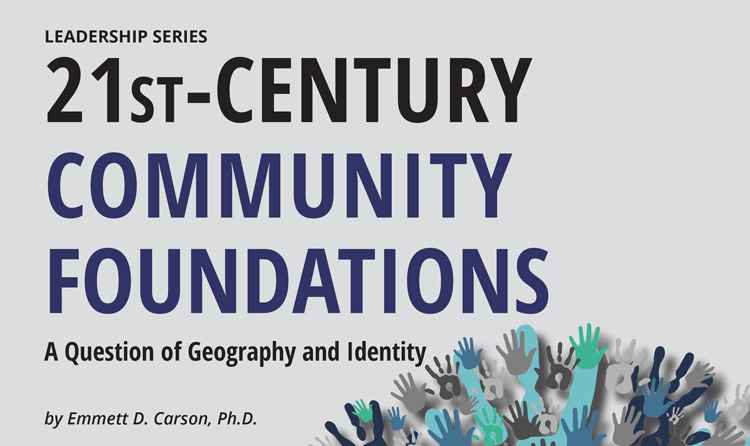How Community Philanthropy Shifts Power What Donors Can Do to Help Make That Happen
While slogans like “think globally, act locally” have been around for decades, so much decision making about philanthropy and development aid still happens by stakeholders outside of affected communities. This GrantCraft Leadership Series paper by Jenny Hodgson and Anna Pond focuses on how funders around the globe are challenging this norm by sharing and shifting power into the hands of local leadership. It explores examples, advice, and the driving questions for donors interested in producing people-owned changes, without losing sight of their institutional interests.
Tweet about this paper using #ShiftThePower.
What's in the paper?
-
Context for Sharing & Shifting Power. Against a backdrop of urgent global challenges—climate change, inequality, and migration—what is a donor to do? How can locally-driven development foster communities that are diverse, inclusive, and vibrant?
-
Community Philanthropy as a Concept: Background and Definitions. In this section, explore the basics behind “community philanthropy” and questions like, who is the “donor” in community philanthropy? And who is the “community”?
-
General Pointers for Donors. While approaches to community philanthropy may vary, this section includes some tips to help funders move in the right direction and set priorities.
-
Using Grants to Grow Community Philanthropy and Shift Power. This section isn’t going to talk about standardizing or developing shared grantmaking systems. Instead, this section considers the larger objectives or purposes—beyond the wire transfer itself—that surround a grant.
-
Aligning Community Philanthropy Values and Practice Inside Your Funding Institution. This section offers ideas on how to hold up a mirror and examine existing practices and relationships, and determine how to build an internal community philanthropy ethos.
-
Building the Community Philanthropy Field. Explore strategies for bringing a community philanthropy approach into broader philanthropic practice, and why this matters.
-
Conclusion. Learn how new kinds of internal checks and balances emerge when local people get involved, and how small actions can lead to big impact!
Response blogs:
- Unleashing the True Potential of Philanthropy to Transform Lives and Communities, Michael Mapstone
- Reflections from Hungary on Helping Donors Walk the Talk, Tamas Scasaurszki
- Why Community Philanthropy Enables People-Powered, Sustainable Development from the Ground Up, Clara Bosco
- “Déjà vu All Over Again”: The Short Attention Span and the Cyclical Obliviousness of the Philanthropic and Development Industries, Gerry Salole
- Motivated to #ShiftThePower in Nonprofit Evaluations, Dana Doan
- Not All Intermediaries: A Call for Partnership in the #ShiftThePower Conversation, Eva Rehse and James Logan
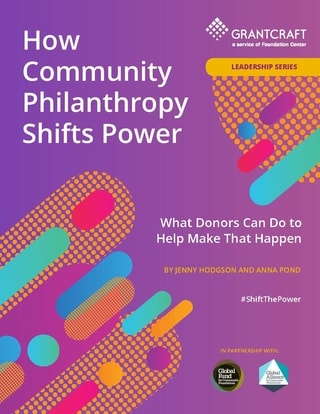
Categories
Content type
Issues
While slogans like “think globally, act locally” have been around for decades, so much decision making about philanthropy and development aid still happens by stakeholders outside of affected communities. This GrantCraft Leadership Series paper by Jenny Hodgson and Anna Pond focuses on how funders around the globe are challenging this norm by sharing and shifting power into the hands of local leadership. It explores examples, advice, and the driving questions for donors interested in producing people-owned changes, without losing sight of their institutional interests.
Tweet about this paper using #ShiftThePower.
What's in the paper?
-
Context for Sharing & Shifting Power. Against a backdrop of urgent global challenges—climate change, inequality, and migration—what is a donor to do? How can locally-driven development foster communities that are diverse, inclusive, and vibrant?
-
Community Philanthropy as a Concept: Background and Definitions. In this section, explore the basics behind “community philanthropy” and questions like, who is the “donor” in community philanthropy? And who is the “community”?
-
General Pointers for Donors. While approaches to community philanthropy may vary, this section includes some tips to help funders move in the right direction and set priorities.
-
Using Grants to Grow Community Philanthropy and Shift Power. This section isn’t going to talk about standardizing or developing shared grantmaking systems. Instead, this section considers the larger objectives or purposes—beyond the wire transfer itself—that surround a grant.
-
Aligning Community Philanthropy Values and Practice Inside Your Funding Institution. This section offers ideas on how to hold up a mirror and examine existing practices and relationships, and determine how to build an internal community philanthropy ethos.
-
Building the Community Philanthropy Field. Explore strategies for bringing a community philanthropy approach into broader philanthropic practice, and why this matters.
-
Conclusion. Learn how new kinds of internal checks and balances emerge when local people get involved, and how small actions can lead to big impact!
Response blogs:
- Unleashing the True Potential of Philanthropy to Transform Lives and Communities, Michael Mapstone
- Reflections from Hungary on Helping Donors Walk the Talk, Tamas Scasaurszki
- Why Community Philanthropy Enables People-Powered, Sustainable Development from the Ground Up, Clara Bosco
- “Déjà vu All Over Again”: The Short Attention Span and the Cyclical Obliviousness of the Philanthropic and Development Industries, Gerry Salole
- Motivated to #ShiftThePower in Nonprofit Evaluations, Dana Doan
- Not All Intermediaries: A Call for Partnership in the #ShiftThePower Conversation, Eva Rehse and James Logan


